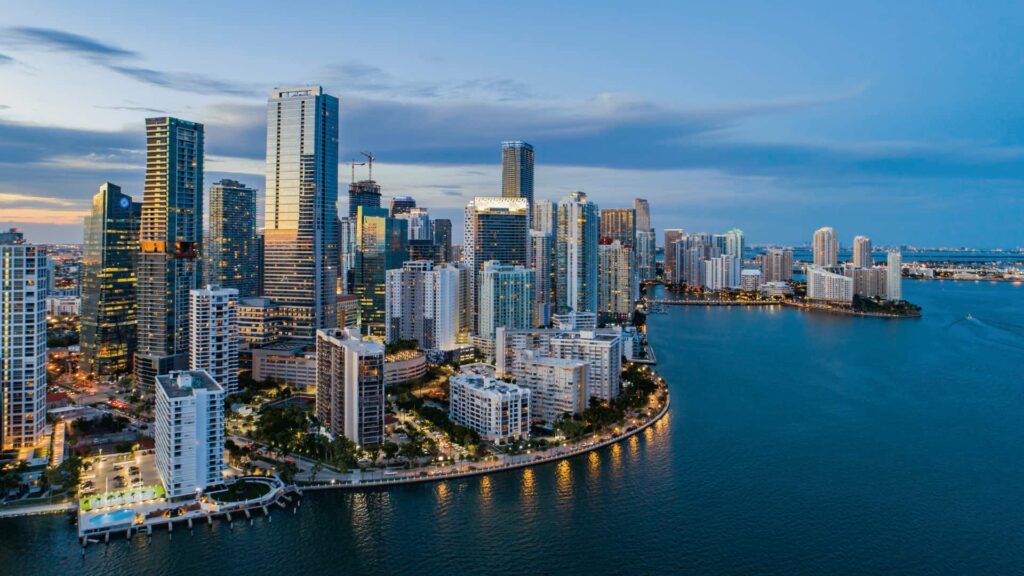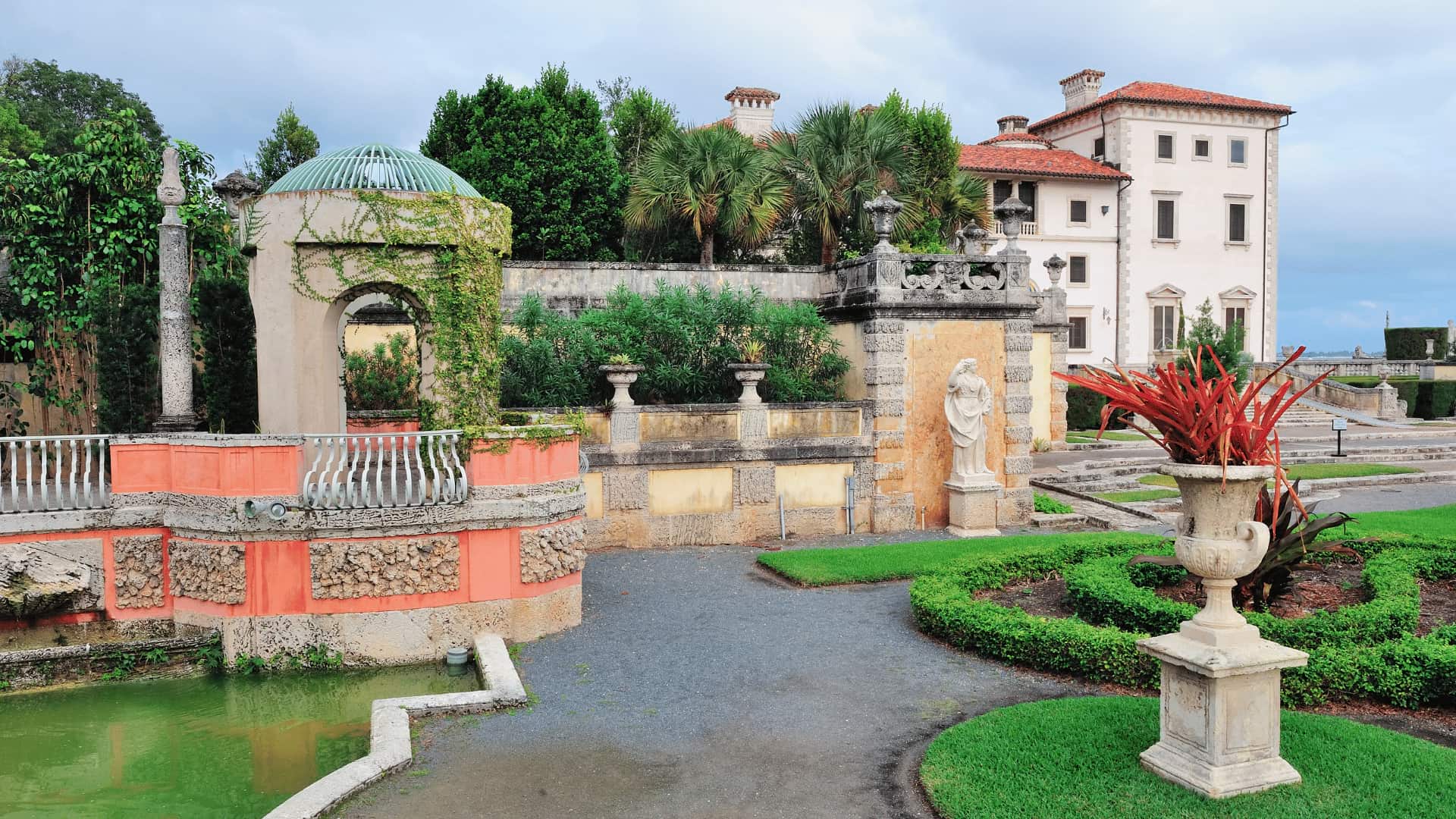Miami’s Architectural Evolution explores the captivating journey of architectural styles in the vibrant city of Miami. From its humble beginnings to the iconic skyline it boasts today, this article delves into the rich tapestry of influences, trends, and movements that have shaped the city’s built environment over the years.
Miami’s development history unfolds just over a century ago, with a significant portion of its architectural landscape harking back to the roaring 1920s. Many structures from that legendary era boast the distinctive Mediterranean Revival style. A notable gem from this period is Villa Vizcaya, which presently houses the Vizcaya Museum and Gardens. This opulent villa stands as a prime exemplar of the Mediterranean Revival aesthetic that defines Miami’s architectural heritage.
The 1930s brought us Art Deco and Med Deco. Late deco came in the late ’40s, remaining today as a legacy in the famous Art Deco District in Miami Beach.
The late deco merged later into the iconic MiMo — or Miami Modern — of the ’50s and ’60s, and even the early ’70s, an extended period of incredible growth. The MiMo District in Miami is a prime example of MiMo architecture.
The real estate boom of the 1980s ushered in a vibrant era for architecture in Miami, marked by the rise of Postmodernism. Miami’s postmodern architectural style is renowned for its whimsical and diverse fusion of design elements, vibrant hues, and intricate embellishments. At the forefront of shaping this aesthetic is Arquitectonica, the prominent architecture firm that has left an indelible mark on Miami’s skyline. With a legacy that endures to this day, Arquitectonica continues to influence the design of contemporary buildings across Miami.
Finally the condominium boom of the 2000s brought about a significant shift in Miami’s architectural landscape, introducing a wave of contemporary white towers characterized by sleek glass railings and expansive floor-to-ceiling windows. These modern structures often feature towering amenity decks that offer residents a host of luxurious facilities. This architectural trend has become ubiquitous across Miami, shaping the city’s skyline with its distinctive blend of aesthetics and functionality.







